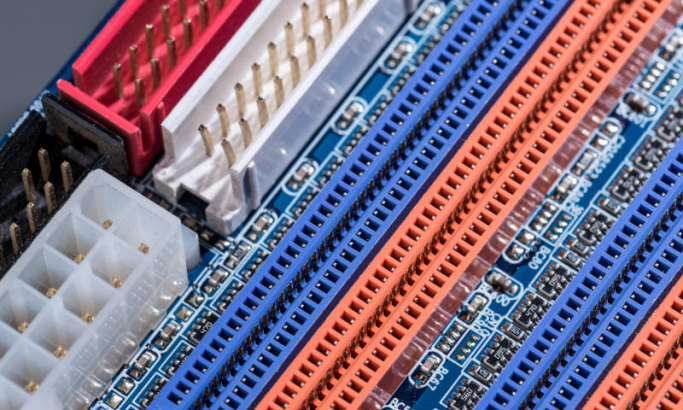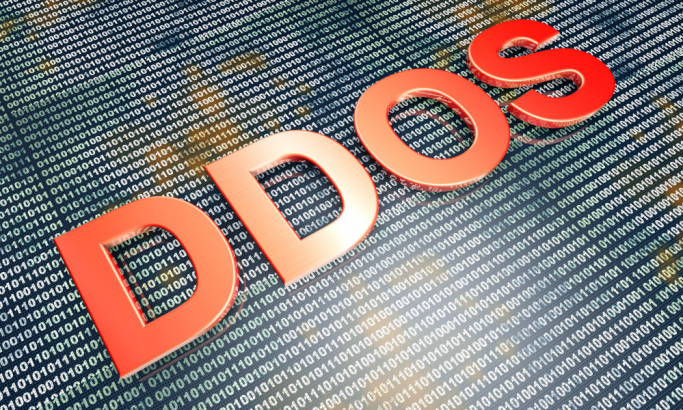
The UN R155 and UN R156 regulations are of vital importance for vehicle cybersecurity. From July 2022, all car manufacturers that want to be type-approved must comply with both regulations, but from July 2024 this requirement will be extended to all new vehicles sold in the European Union, regardless of when the manufacturer obtained type-approval. One of the most important aspects of compliance with both regulations is the completion of a cybersecurity risk assessment of the vehicle, including all integrated components of the vehicle's supply chain. On the other hand, it also specifies how to incorporate cybersecurity from design, how to detect and respond to incidents, how to securely update vehicle software, etc.

This post presents some lines of action that should be followed to deal with a DrDoS cyberattack based on the PortMapper protocol, describing in detail the prevention, identification and response phases to follow.

This post presents some lines of action that should be followed to deal with a DrDoS cyberattack based on the LDAP protocol, describing in detail the prevention, identification and response phases to follow.

This post presents some lines of action that should be followed to deal with a DrDoS cyberattack based on the QOTD protocol, describing in detail the prevention, identification and response phases to follow.

This post presents some lines of action that should be followed to deal with a DrDoS cyberattack based on the SSDP protocol, describing in detail the prevention, identification and response phases to follow.

En este post se presentan algunas líneas de actuación que deben seguirse para hacer frente a un ciberataque DrDoS basado en el protocolo CharGEN, describiendo detalladamente las fases de prevención, identificación y respuesta a adoptar.

The M-Bus protocol is a common protocol in the industry in general, it’s daily use can be related to devices for measurements of electricity, gas, water, heating, etc. This protocol has a wireless variant called Wireless M-Bus and works through a hierarchical master/slave system, standardized according to EN13757.

CAPEC (Common Attack Pattern Enumeration and Classification) is a project that focuses on enumerating and classifying common attack patterns on computer systems and providing a systematic approach to understanding and addressing the tactics used by attackers. Like CWE (Common Weakness Enumeration), CAPEC is an initiative of the computer security community and is maintained by the National Institute of Standards and Technology (NIST) in the United States. Recently in version 3.9, the project has incorporated a number of attack patterns related to the industrial world.
This article aims to show the reader the use of these codes, such as those used at the identifier level in CVEs, CWEs, etc., and which are related to many of the jobs that are carried out on a daily basis in the industrial cybersecurity sector.

The OPC UA (OPC unified architecture) communication protocol is the most modern standard presented by OPC Foundation. Currently, the OPC UA protocol is one of the most widely used in industrial environments, due to its ability to interconnect different devices, regardless of their base protocol and vendor.
Throughout this article, a technical assessment of the protocol will be conducted, explaining in detail the technical capabilities that allow a high level of cybersecurity to be implemented without causing performance losses in the devices.

Ransomware, one of the top cybersecurity threats in today's landscape, allows criminals to hijack data and demand ransoms. Although there are various families and variants, some are especially destructive. These cybercriminals have refined their methods, using everything from complex extortion to bug bounty-type programs. In the face of these challenges, we will explore tools and strategies to recover from and defend against such attacks.


